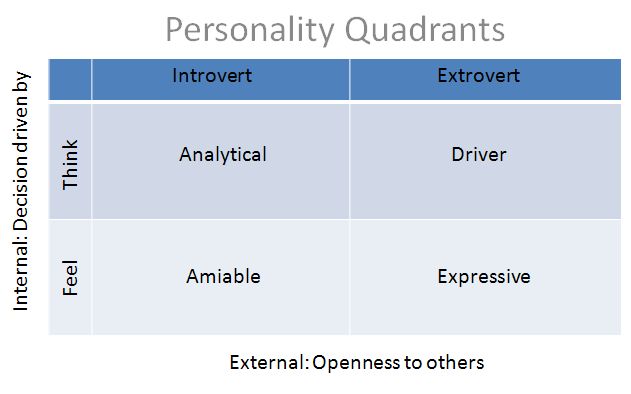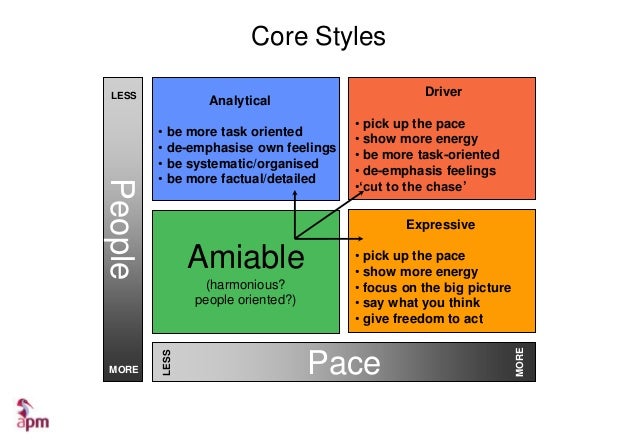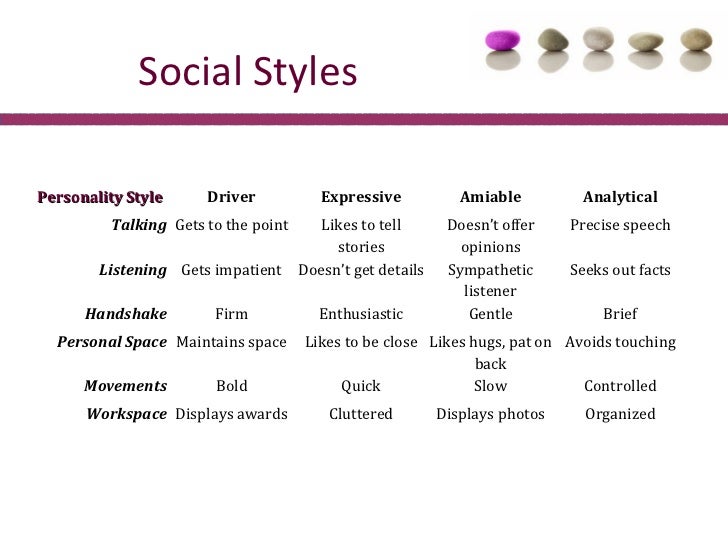


These are examples of 4 different communication styles: Who walked into the room and began by introducing herself to others, spending time with each person to establish a connection?.And how about the person who was bursting with enthusiasm and could not wait to tell you her great idea?.How about the serious person who rather cautiously talked in precise detail?.

Who dominated the conversation and put a premium on being right and convincing others to go along with his solutions?.Good Dog! Autism Companions knows first hand the extraordinary benefit a service dog can be to a child with autism, and it all begins with the right partner.Think about the last time you were at a party and had the opportunity to observe a lot of people in action: One might say that our matching process is an intricate one - we would agree! Our team is committed to finding the best matches between our service dogs and families. The best bonds will form when the dog's natural state is matched with the family's natural way of being. Some families are jet setters while others are homebodies - however our families spend their time together, we want to make sure the pup's personality fits nicely into the dynamic. Activity levels vary for each household, thus we take a look at what an average day looks like. To assimilate well into the household, the dog's personality should also be well matched with the family's routine. Each family may want the service dog to play a different role in the child's life, whether to assist in motivating the child to play outside or help the child to calm and stay in one place for an extended period. Just like no two children with autism are exactly alike, no two families living with autism are alike.

The temperament of the child is a large factor in determining if the dog is a good fit for the family. During the final stage of matching we consider the home environment of the family.


 0 kommentar(er)
0 kommentar(er)
